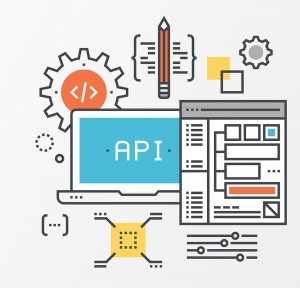Swagger(API’S)
Swagger (Open API Initiative) is a framework for describing the API using a common language that everybody can understand. Think of it as a blueprint for a house. The user can use whatever building materials they like, but they cannot step outside the parameters of the blueprint.
There are other available frameworks that have gained some popularity, such as RAML, API Blueprint, and Summation. But Swagger provides added advantages than just helping to create clear documentation.

Swagger is comprehensible for developers and non-developers: Product managers, partners, and potential clients can have input into the design of API, because they can see it clearly mapped out in this responsive UI.
Swagger is human readable and machine readable: This means that not only can this be shared with the team internally, but the same documentation can be used to automate API-dependent processes.
Swagger is easily adjustable: This makes it great for testing and debugging API glitches.
THE RISE OF DESIGN-FIRST API
With this blueprint in mind, there are two main methods to take benefit of Swagger:
Top-down approach: This means the user using Swagger to design the API before they have written any actual code.
Bottom-up approach: This means the user has already written the code for the API, and the user will be using Swagger to document the API.
In the early days, it was popular for APIs to be created code-first. This is much easier because the user can make adjustments, and it fits nicely into an agile delivery process.
THE SWAGGER TOOL BELT
At the heart of Swagger at its specification, the Swagger spec is the rulebook that regulates API practices. Also, the every other part of Swagger is just a way of appropriating or creating API documentation that works with these rules.
While the spec is the vital spark of the framework, Swagger has been an open source project since its beginning. That means the entire ecosystem has formed around this initiative that not only optimized the rulebook, but built handy tools for its use (SDK generation, dynamic documentation, and server integrations).
TOOLS THAT HELP TO IMPLEMENT SWAGGER
EDITOR
The Swagger editor is a useful tool that addresses the issues. The user can write up the documentation in YAML or JSON and have it automatically compared against the Swagger spec. Any errors are flagged, and alternatives are suggested. When you publish your documentation you can be sure that it’s error-free.
THE USER INTERFACE
One of the reasons that documentation laps up so much of a developer’s time is because it needs to be very organized and navigable. The user have to worry about where to put examples, how to organize the methods, and how much detail has to be provided for each call.
One option for displaying Swagger file is the Swagger-UI. This takes an existing JSON or YAML document and creates interactive documentation.

